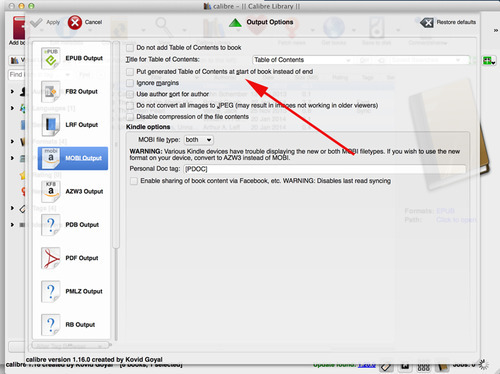Guest post by
Wil Forbis
Pulp fiction is, as most authorly types are aware, a genre that was especially popular in the 1930 and 1940s. The magazines printing such stories used wood pulp paper and featured eye catching cover art and action packed tales, usually orientated towards adventure, science fiction and suspense. Pulps were the birthplace of many still popular characters such as Tarzan, the Shadow and Doc Savage.
Pulp fiction has long been accused of having little literary merit. Despite the existence of many pulp authors who were talented wordsmiths, these accusations are not entirely unjust. Pulp stories were not meant to be prose-rich pontifications on the complex nature of man, they were meant to be a quick and dirty form of entertainment. And pulp authors were bound to the whims of a marketplace which demanded prolific output. There was often no time to agonize over finding the right word or perfectly detailed exposition. To feed the raging beast, pulp authors developed a number of writing tools and techniques for writing
fast.
Writing quickly is not every author's goal. Some writers have no deadlines imposed on them by either a publisher or themselves. Others simply know that to do their best work, they have to take their time. It's up to each individual to decide what their objectives are. However, if you are an author who would like work faster, the techniques of pulp authors may interest you.
Our first discussion centers on author Erle Stanley Gardner (1889-1970). Gardner is best known as the author of the Perry Mason novels (which inspired the hit television show of the same name.) Mason, as many know, was a fictional defense attorney who would, while defending someone wrongfully accused of a crime, unmask the real villain.
Gardner, like his character Mason, was a practicing lawyer. He entered the pulp market partly as a means of making extra money. While he had some early success, his stories often went unpublished as editors complained of his lackluster plots. Realizing that he would need to master the art of plot generation to achieve quick output, Gardner began to analyze his problem.
This post from crime writing blog The Kill Zone elucidates:
After much study [Gardner] said he "began to realize that a story plot was composed of component parts, just as an automobile is." He began to build stories, not just make them up on the fly. He made a list of parts and turned those into "plot wheels" which was a way of coming up with innumerable combinations. He was able, with this system, to come up with a complete story idea in thirty seconds.
Gardner's plot wheels became his secret weapon. The web site for the Harry Ransom Center at the University of Austin has several
on display and notes:
By using different combinations of possible twists and turns for both major and minor characters, Gardner was able to construct narratives that held his readers rapt for several decades.
How did the plot wheels work? They were, in essence, random idea generators. Gardner had broken down plots into individual components. For example, one of the wheels on display at the Harry Ransom Center is a list of "Hostile minor characters who function in making complications for hero." Some options in the list are: Newspaper Reporter, Attorney, Spy, and (my favorite), Hick Detective. You can see how with a spin of his wheel Gardner could fill in a needed plot element.
Now some writers would complain that this method is limiting. It is and that's precisely the point. It's great to fully explore all the possible options for every aspect of a plot, but it's also time consuming. By limiting his options Gardner was working faster. He was also avoiding a sand trap for many authors: analysis paralysis. By exploring every available option, authors can often overwhelm themselves with choices. Writing blog
The Daring Novelist argues that this issue can be avoided by opening up the creative process to random idea generators such as the plot wheel.
The more you know about something and the better you are at it, the more you see a million options. Decision making is harder, because you can see many benefits and problems with each direction you could go.
So randomizing choices with what you're good at can actually be a time saver. It only requires a minimal short hand, and you jump straight into solving that problem; put your energy into pushing it in a new direction. The fact that you've artificially limited your options just forces you to be more creative.
When your options are limited, working with what you've got becomes a matter of necessity. And necessity is, as they say, the mother of invention.

